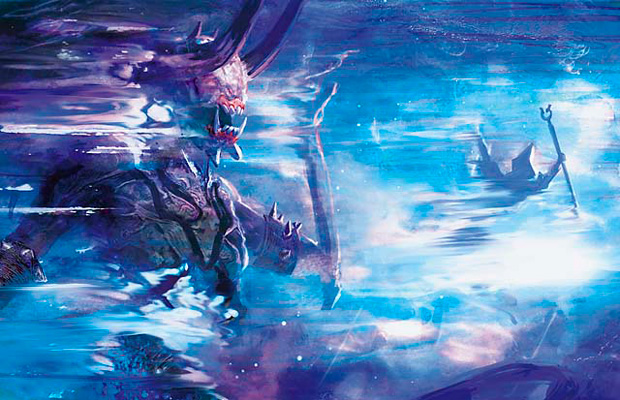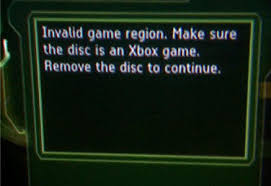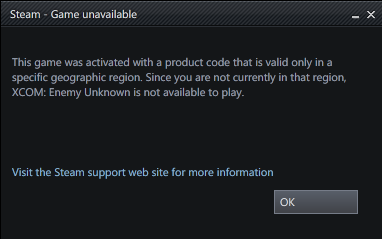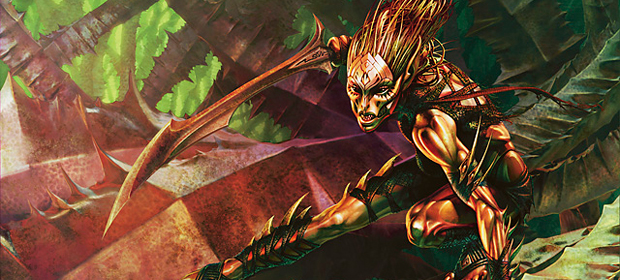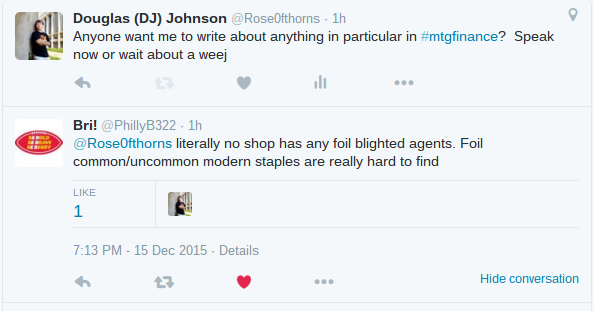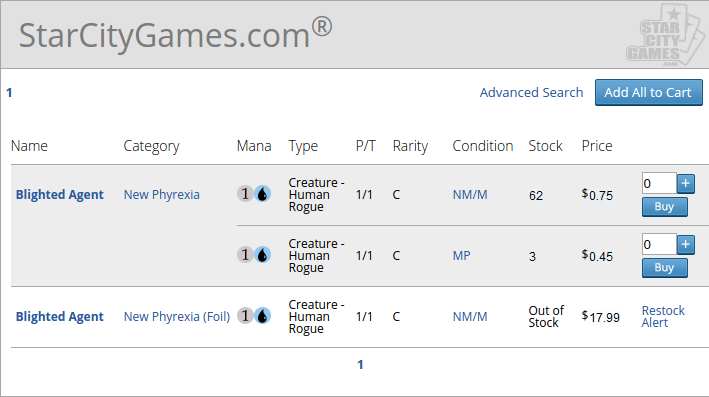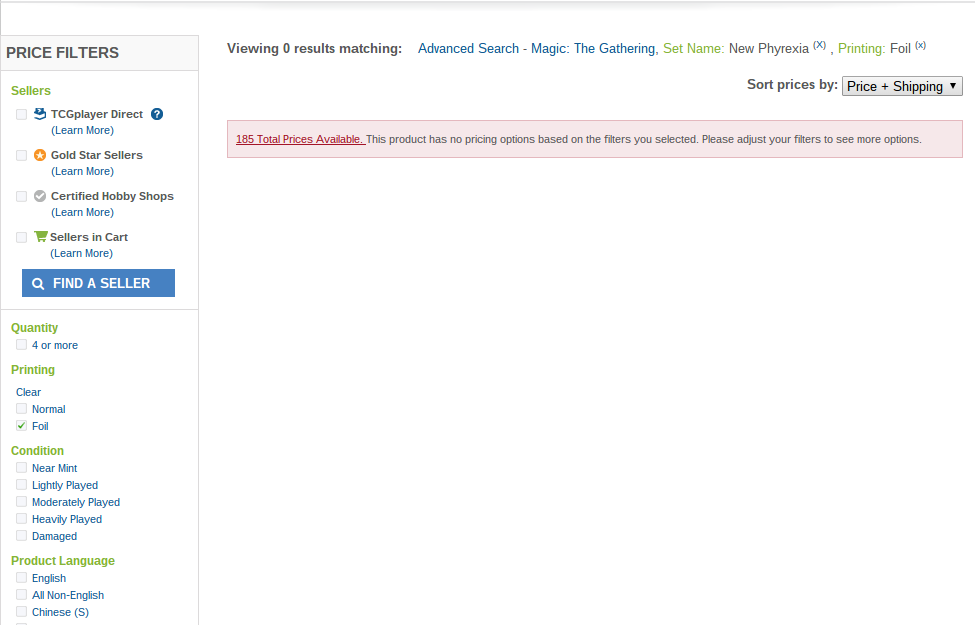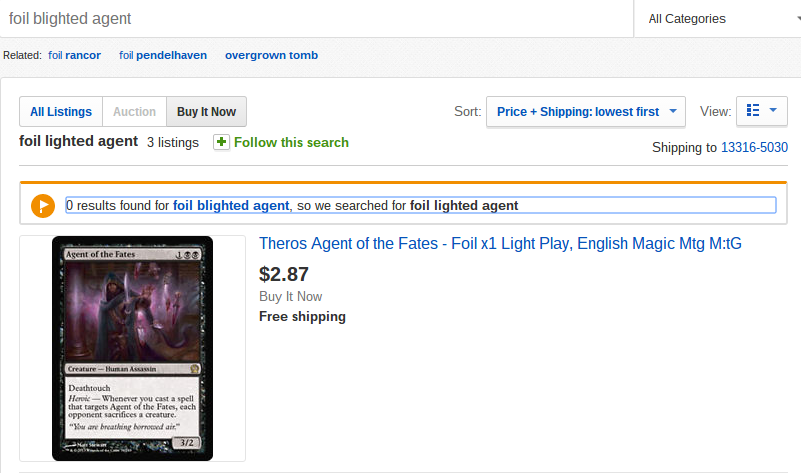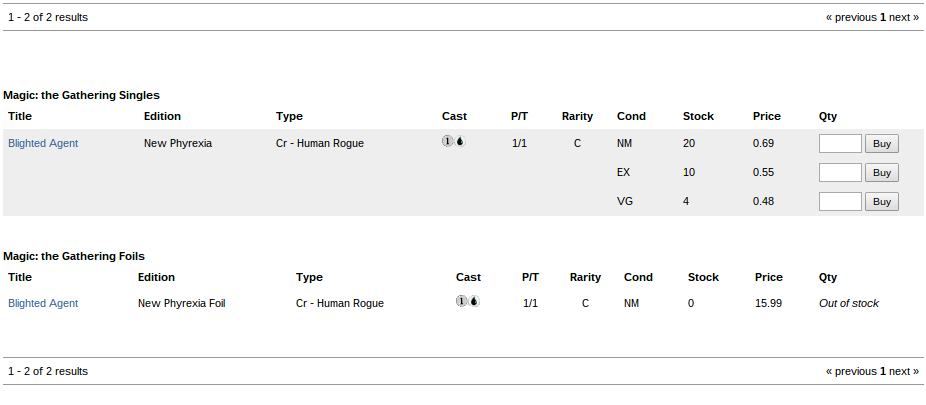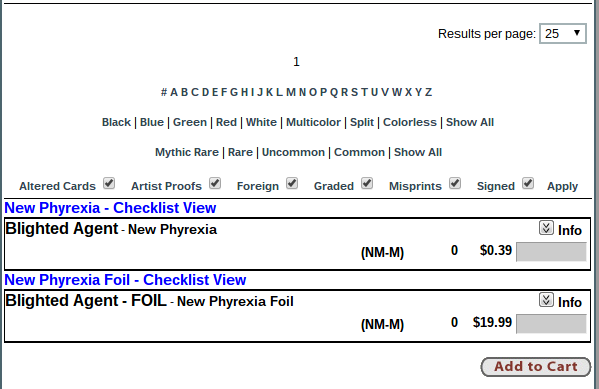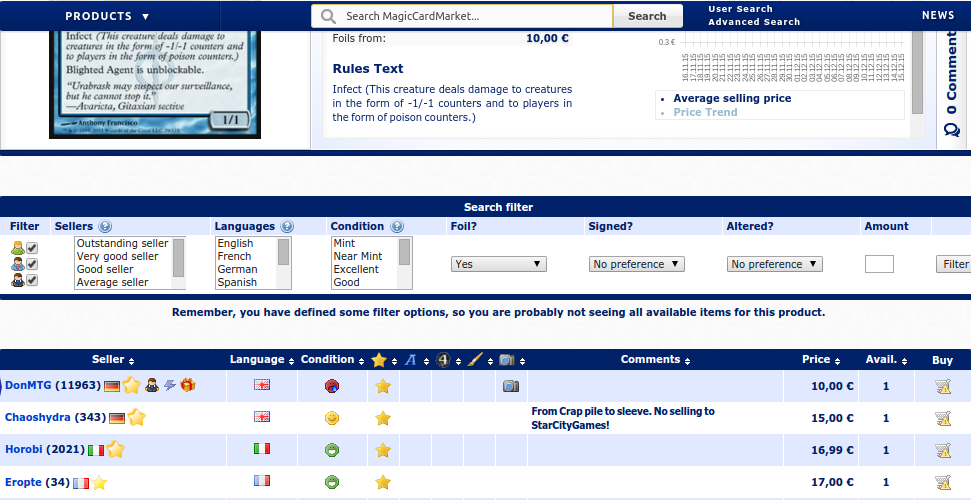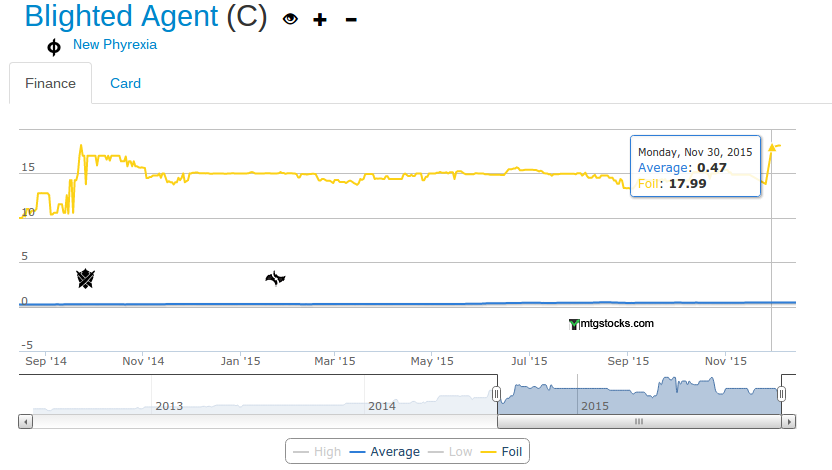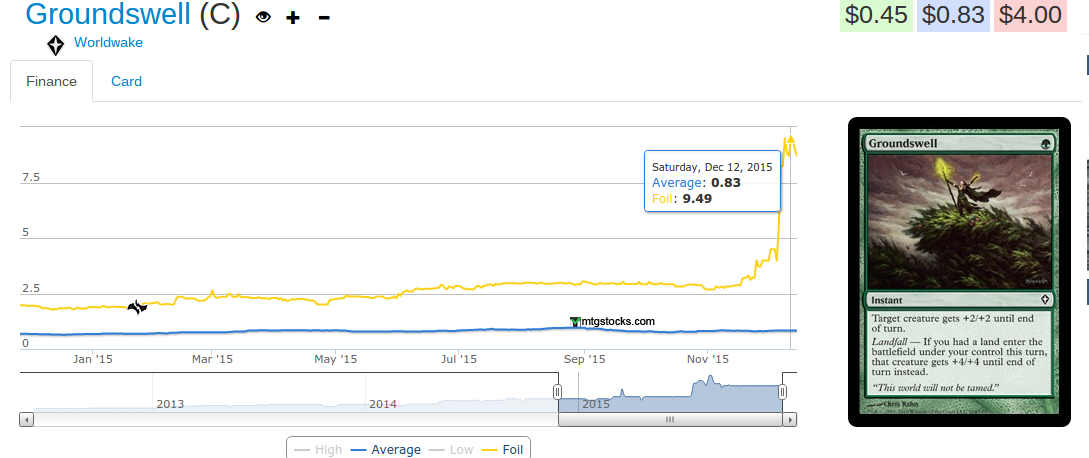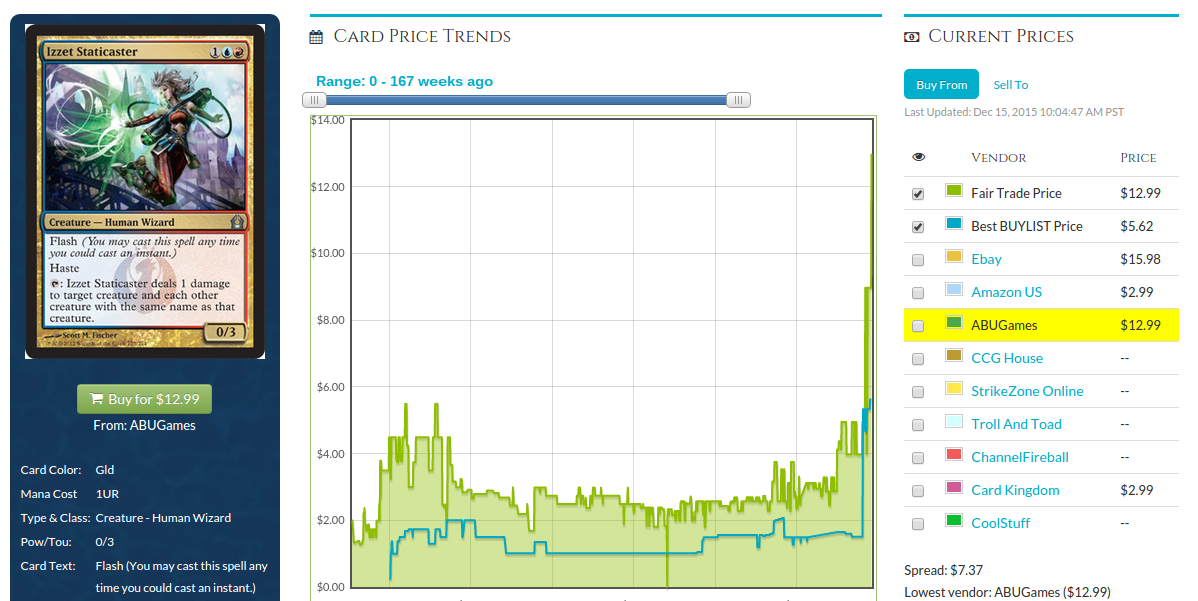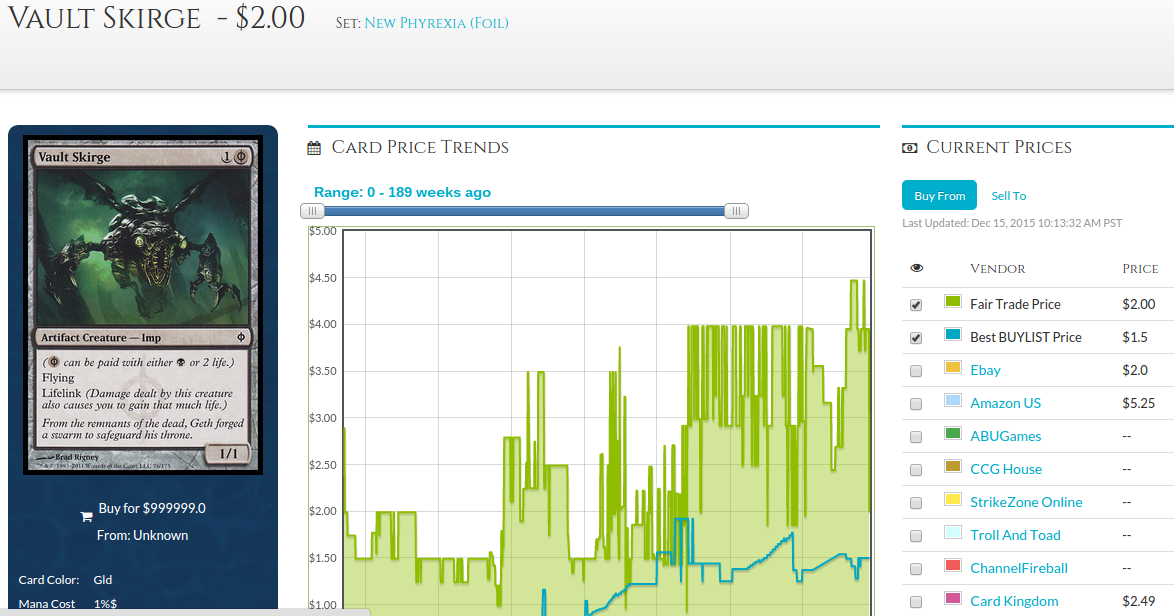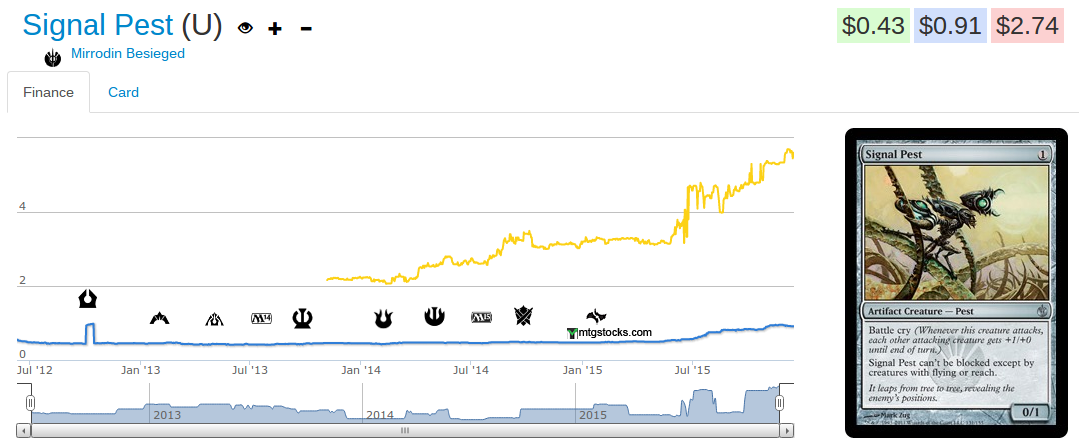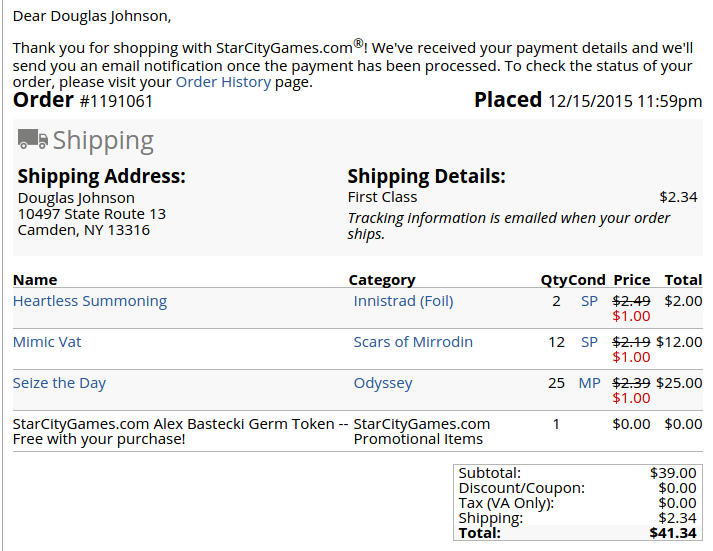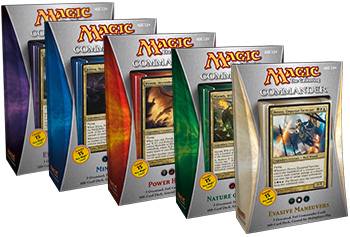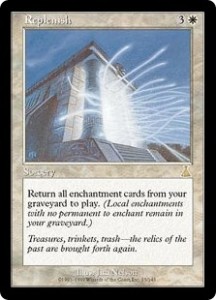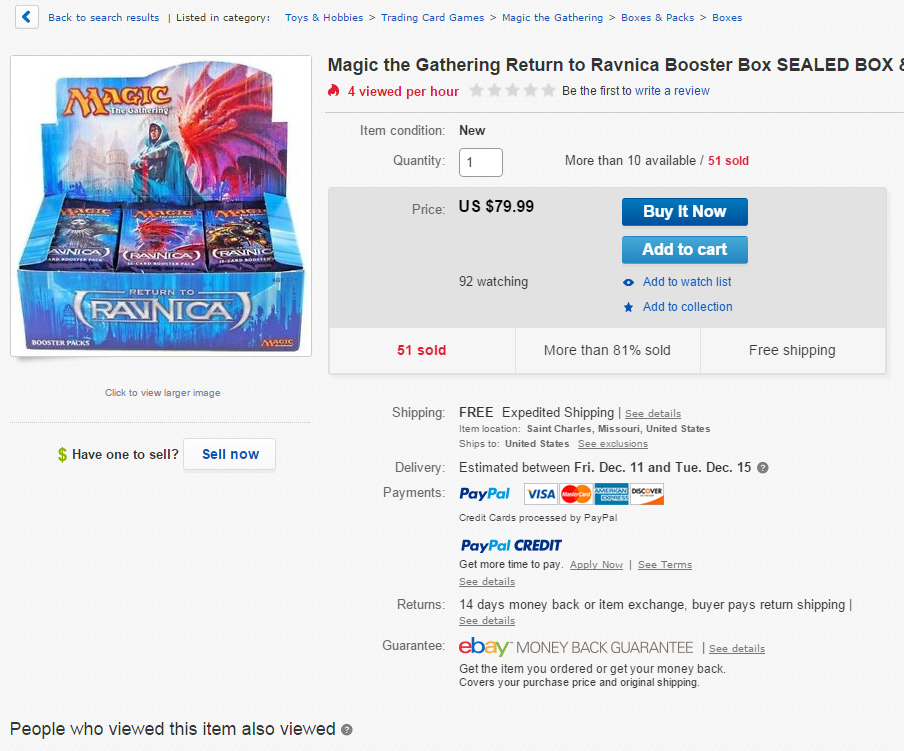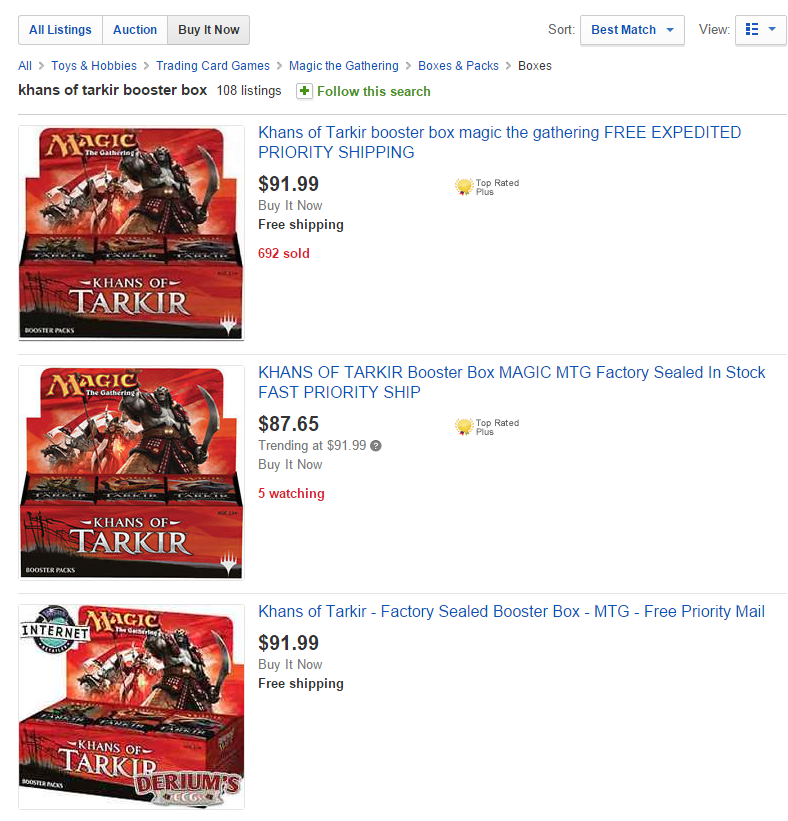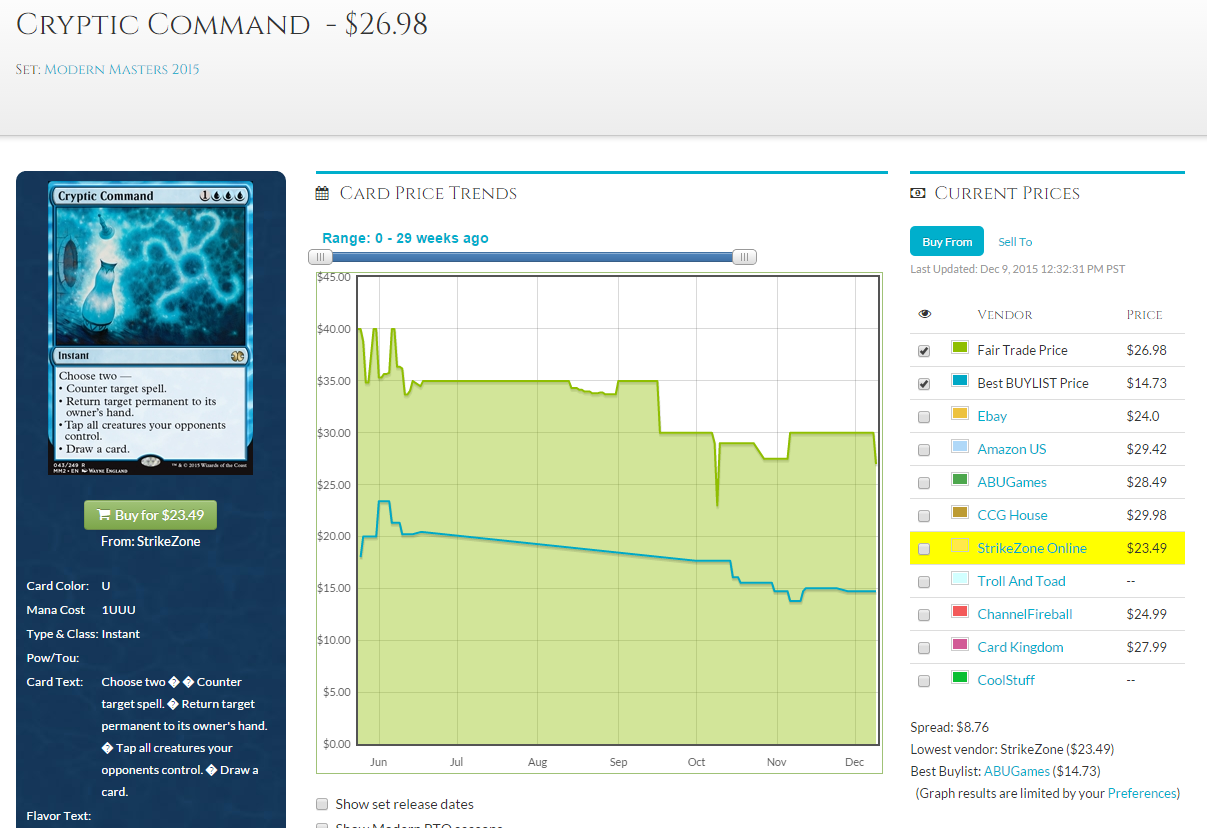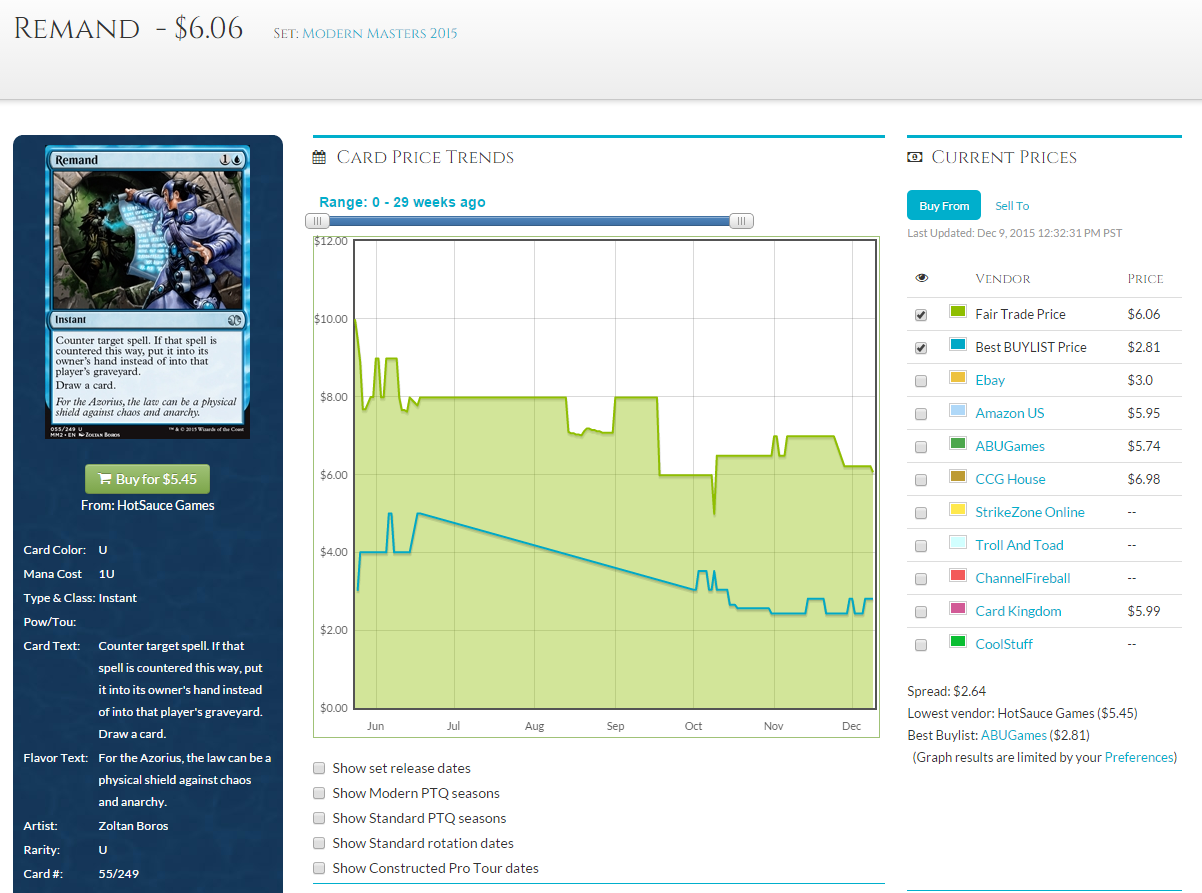The Last MTG Finance Article of 2015
Welcome back. It’s the end of 2015, so let’s get that hooplah out of the way. It seems like just yesterday I was still writing for Brainstorm Brewery and regularly attending FNM like an actual player. I would not have predicted that this position (in writing and Magic) was where I would be one year ago, and I hope that I can continue to provide and improve on my content through 2016.
I’m not the only one that’s changed in a year though; I’m sure you have too, and Magic itself is quite different. Our subculture of MTG finance has certainly come a long way in the past 365 days: we’re moving into uncharted territory with a new rotation schedule and block structure, WOTC’s reports suggest that the playerbase hasn’t increased as steadily in 2015 as in past years, and we have more tools than ever before to keep our finger on the pulse of the game that we love.
To be perfectly honest, the amount of content that is produced on a daily or weekly basis concerning MTG finance is staggering.We at MTGPrice have a staff of over a dozen writers, with at least two articles being released every weekday in addition to a running spoiler coverage of each upcoming set, as well as a number of other tools. We have MTG Stocks giving us daily and weekly interests so you can check what the most recent movers and shakers are and avoid getting ripped off while trading at FNM. Sites like MTGGoldfish also provide a ton of information to help you aggregate data about the metagame, frequency of specific cards appearing in decks, and showing you affordable lists that you can put together on a budget. Even /r/mtgfinance has grown to over 10,000 subscribers in the short couple of years it’s existed, and you can (usually) find a healthy discussion on whatever question or topic you want.
Too Much Information?
In reality, you can only consume so much of it all before you start to get diminishing returns. If you try to read every single MTG finance article that comes out on every single website daily, you’ll end up losing a large percentage of the information and not using the rest of it because it was irrelevant to you in particular. Don’t get the wrong idea; I do think that there’s value in a Modern player reading some of Jason’s articles about Commander, because you don’t want to miss out on Exsanguinates while picking your first collection. However, there’s a balance between ignoring the content available to you and trying to become the omniscient MTG finance guru just by spending three hours each day scouring articles and listening to podcasts.
The goal of this article is not to teach you something about bulk rares or the new Standard rotation. I’m not going to mention any specific cards to pick up or stay away from, nor pull a “review of 2015” out of thin air.
Instead, I want to start a discussion on how you can go about consuming Magic content more efficiently, and cutting out the content that you won’t use or need. This was something I wanted to write about because of something I read recently on /r/mtgfinance, where a Redditor was complaining that content concerning the finance aspect of our game was reaching a tipping point of quantity over quality. To an extent, I think there’s some truth to that. The existence of deadlines will inherently push for content to be created, even when there’s unfortunately not a lot to talk about.
That’s where you come in. There are a few articles that follow this basic structure: “Here’s this thing I’m really good at. This is how you do that thing. These are the basics of doing that thing, and the rest of my articles will go into depth on it,” kind of like what I do with bulk rares. On the other side of the coin, there are so many more that are more of a “I think that thing Y might happen this way next year. There are a few reasons why that might be the case, and there are a couple of other reasons why that might not be true at all.” I’ve written my share of those as well, and it doesn’t feel great. It’s unfortunate, because these articles can make the reader feel like they wasted their time (hopefully this article hasn’t made you feel that way yet).
“So where do I come in to this equation?” –Some reader
Oh, right. I, for one, write articles to be treated as a starting point of discussion for whatever topic or question that I’m writing about. Even if you disagree with a point or idea that a writer has made, posting that can still contribute to the topic that we’re trying to unravel. When it comes to unexplored territory like the Expeditions lands, we don’t have anymore information than you do. If you want to absorb more information from each piece of content that you dedicate some amount of time to, it’s well worth it to type out your thoughts or responses in the comments section (if there is one), or start a discussion on Reddit or some other forum where like-minded individuals can politely bring up points and counterpoints.
With the MTG finance subreddit floodgates being opened back up, I’m crossing my fingers and hoping to see a lot of quality content being produced and posted there. The subreddit has gotten a lot of accusations of being “just a place for writers to dump their articles,” and I’m hoping that will change as the more experienced members of the community join together to downvote the random garbage that gets posted. Dedicated readers will gain a lot more from the forum through active participation and eventually creation of their own articles, like Jeremy did months ago.
Not Every Card/Article is Designed for You
Wizards gets a lot of hate for printing cards that “don’t do anything,” or cards that don’t appear to generate excitement for any player in the vocal market. If you’re following along on Jason’s and my spoiler coverage for Oath of the Gatewatch, you know that I’ve been very, uh, disappointed at the power level of several revealed rares so far. A card like Durdle Dragon #76 really grind my gears because I already know its financial future, there’s nothing exciting to read on the card itself, and it makes the set that much less exciting. However, that doesn’t mean that nobody cares about that card at all. There’s a reason Wizards continues to print durdle dragon after durdle angel: they continue to get new players hooked and excited when they open booster packs, similar to how those exact players complain about opening the same fetch lands and battle lands that get competitive players excited.
The same holds true for MTG finance content. I would honestly be shocked if you told me that you read every single article that comes out on MTGPrice, every day of the week. I’d be flattered, but still surprised. If you’re a Standard-only player who has no interest in grinding collections, then you might not need to read every single one of my articles (unless you’re looking for boyish charm and beautifully articulated word salad). I mostly write about how to grow your own individual collection into a store-esque situation where you turn into “that guy” at your LGS who has everything and is willing to part with everything. My articles aren’t designed for that Standard grinder in particular, unless he or she is looking to dive into the world of collection buying. Thankfully, we have Jim Casale on staff, a Standard grinder himself.
In short, there are better ways to learn about MTG finance than just reading every MTG finance article that pops up on your Twitter feed. I think questioning authors and creating your own content are steps in the right direction. Did I spend a week’s worth of writing telling you to post in the comments section, skim through some articles, and go join r/mtgfinance? Damn right I did. I relish in the irony of it all, and I’ll be back next week with a sequel to the best article ever written in the history of articles written.
End Step
Happy New Year!
